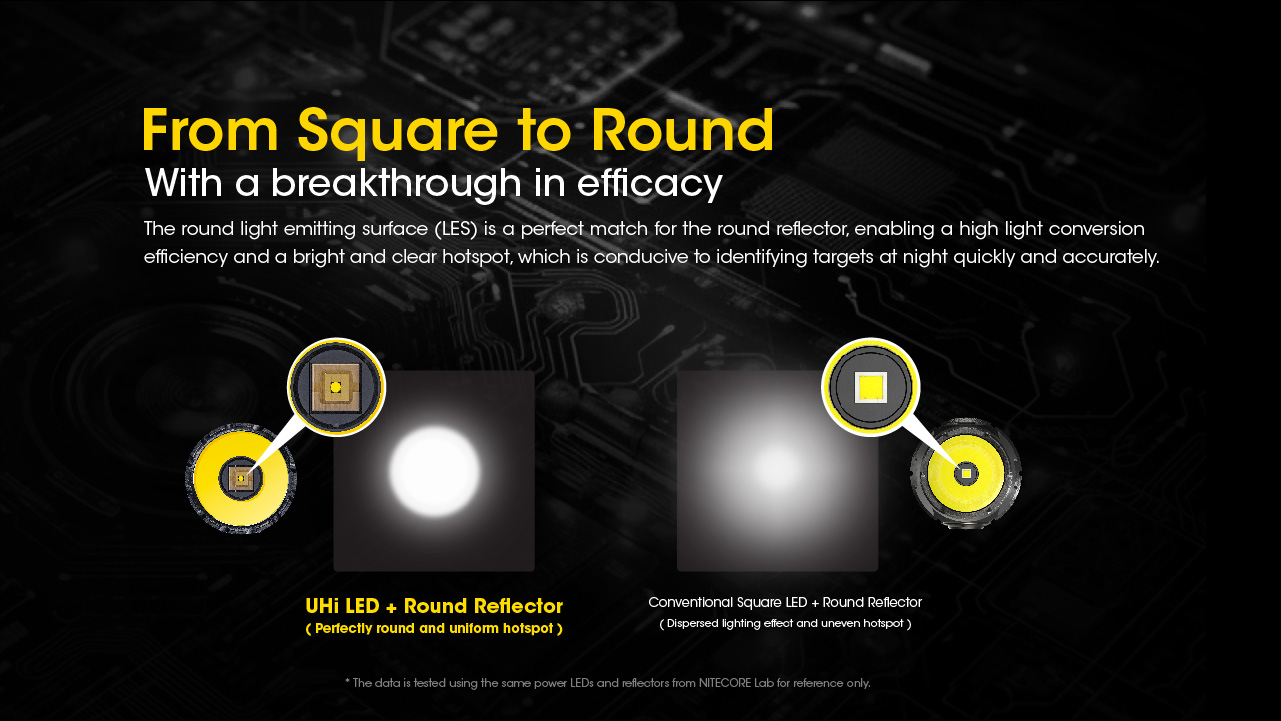Key Takeaways
- Many scientists have contributed to the invention of the LED light over the years
- LEDs have been adapted for products such as computers, TVs, flashlights, and more!
- LEDs are still evolving and are becoming smaller and more flexible
In the not-so-distant past, lighting the world was a challenging endeavor. From the primitive use of fire to the invention of incandescent bulbs, humans have always sought brighter, more energy-efficient lighting solutions. One such revolution in the world of illumination came with the invention of Light-Emitting Diodes (LEDs). In this blog, we journey through time to explore the fascinating history of LED lights, from their humble beginnings to their modern-day applications.
The Birth of LEDs
The groundwork for LED technology was laid in 1907 when British inventor H.J. Round observed electroluminescence in a crystal of silicon carbide. While this was a significant discovery in itself, silicon carbide wasn’t an effective way to produce light so the matter was set aside. Later in 1939, Zoltán Bay and György Szigeti patented a lighting device that used silicon carbide or boron carbide that was able to produce white light, white light with a yellow tint, and white light with a green tint depending on the impurities in the crystal.
While it seemed like thoughts of using LEDs for lighting were slowly moving forward, in 1957 Ruben Braunstein discovered that LEDS could be used for non-radio communication. Instead of using radio waves to carry sound, Braunstein found that the light emitted by LEDs could carry sound short distances away, much like a photophone. A photophone works by having a person speak through a tube with a mirror attached at the end, with the reflective side facing outward. The vibrations from said voice would then cause the mirror to vibrate which would make the light being reflected off the mirror become modulated. This modulated light would then hit a receiver that would then convert the light back into sound waves which would be amplified through a speaker. While a photophone operated on light from the sun, Braunstein found that light from LEDs carried enough power to carry sound.
In 1961, James R. Board and Gary Pitman discovered infa-red light emission. While this light emission was much stronger than what was found in 1907 and 1939, it was invisible to the human eye. It wasn’t until 1962 that Nick Holonyak Jr., a young engineer at General Electric, successfully created the first practical visible-spectrum LED, laying the foundation for the future of LED lighting.
Want to see a photophone in action today? Watch this video!
Early Developments and Applications
Following Holonyak's breakthrough, researchers around the world began exploring different semiconductor materials to produce LEDs in various colors. M. George Craford invented the first yellow LED light and found a way to make red and red-orange LEDs 10 times brighter. The company he worked for, Monsanto, started to commercially produce and sell LEDs for mass consumption. By the 1970s, LEDs started to be integrated into expensive equipment like laboratory electronics, calculators, digital displays, and indicator lights due to their energy efficiency and long lifespan compared to traditional incandescent bulbs.
Advancements in Color and Efficiency
In the 1990s, advancements in semiconductor technology enabled the production of LEDs in different colors, including green, yellow, and blue. This paved the way for the creation of white LEDs, which were instrumental in transforming the lighting industry. The first white LEDs were developed using a combination of phosphors to convert blue light into a broader spectrum.
One of the most significant advantages of LED lighting is its superior energy efficiency. Compared to traditional incandescent bulbs, LEDs consume significantly less power, resulting in reduced energy costs and a lower carbon footprint. As concerns about climate change grew, LED adoption surged, leading to global initiatives to replace conventional lighting with eco-friendly LED alternatives.

Illuminating Every Aspect of Life
The versatility of LED lighting led to its widespread integration in various sectors. From residential lighting to commercial spaces, street lighting, automotive lighting, and even horticultural applications, LEDs have become an essential part of modern life. Additionally, advancements in miniaturization have enabled LED integration in devices like smartphones, TVs, and wearables. With the ability to be controlled remotely and tailored to different scenarios, LED-based smart lighting has ushered in an era of energy-efficient, customizable illumination.
Looking Forward
While LEDs have dominated the lighting landscape, researchers continued to innovate, leading to the development of Organic Light-Emitting Diodes (OLEDs) and Micro-LEDs. OLEDs offer improved flexibility and are used in curved displays and lighting panels, while Micro-LEDs hold great promise for ultra-high-resolution displays and even more efficient lighting solutions.
Nitecore itself just announced its UHi LED, a specialized LED made specifically for flashlights. Featuring a high light density and ultra-high beam intensity, the UHi LED utilizes a new round light-emitting surface (LES) to achieve an optical lighting effect and beam distance. The first Nitecore flashlight to be equipped with the UHi LED will be launched in August.

Recap:
From their humble beginnings in the labs of pioneering scientists to their ubiquitous presence in our everyday lives, the journey of LED lights has been nothing short of revolutionary. With their energy efficiency, long lifespan, and adaptability, LEDs have become an integral part of modern technology and an essential tool in the pursuit of sustainable living. As technology continues to advance, it is exciting to contemplate what new illuminating marvels the future holds in store for us.
Looking for more history? Check out our History of Flashlights blog here!

